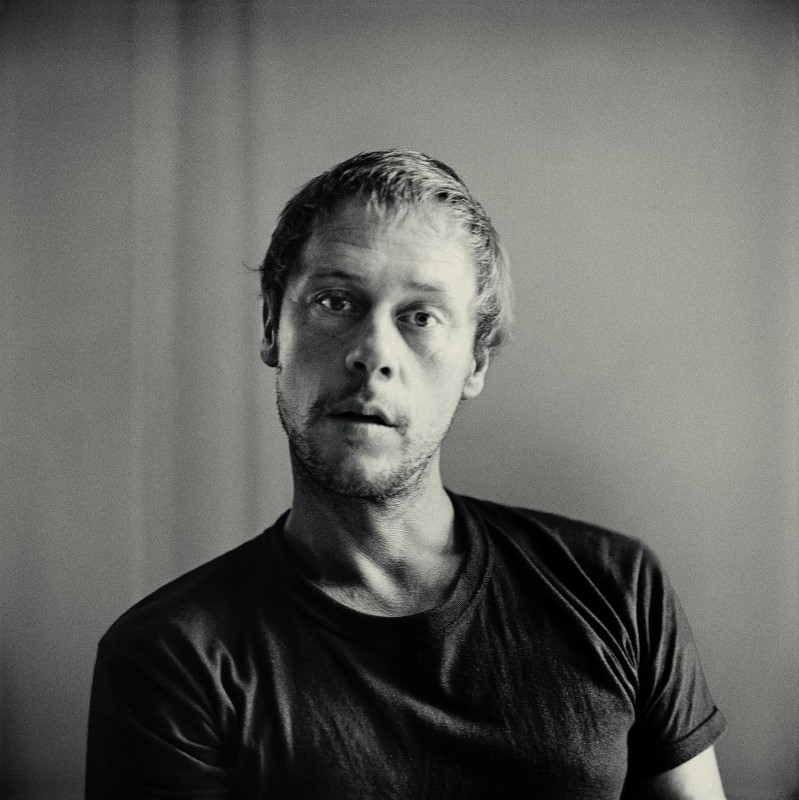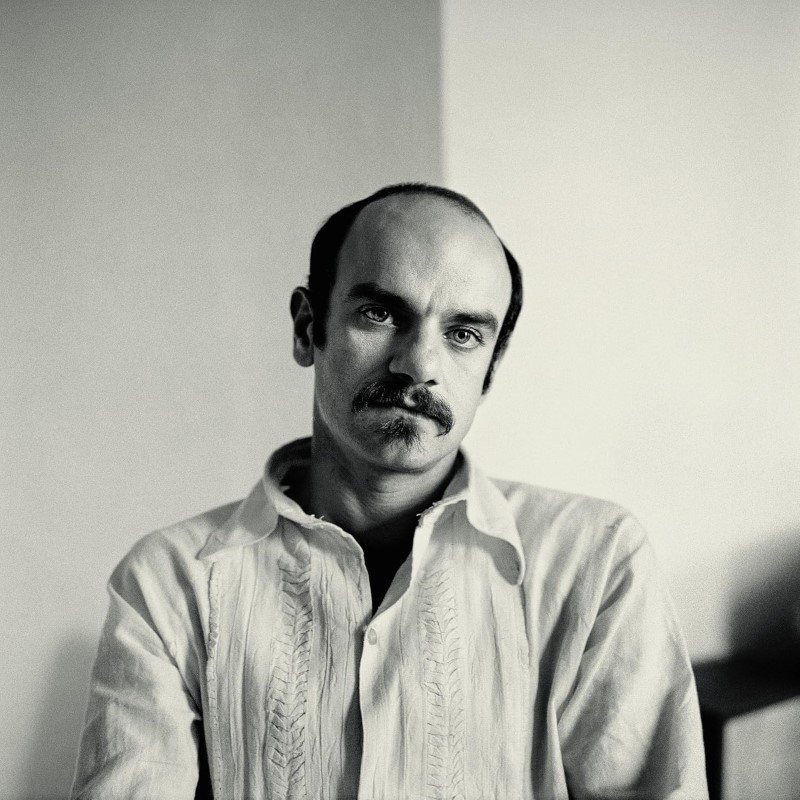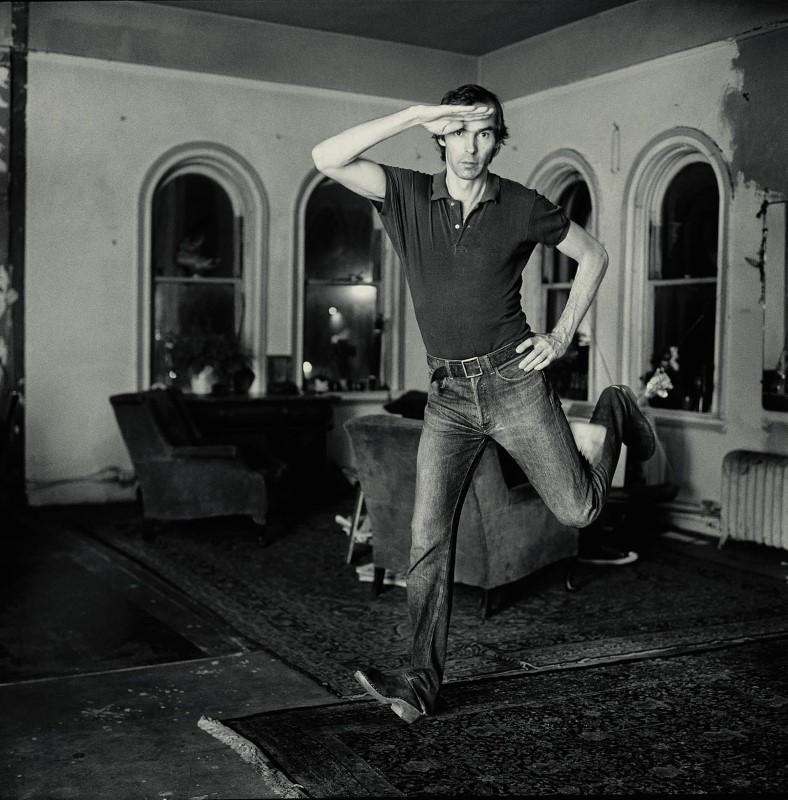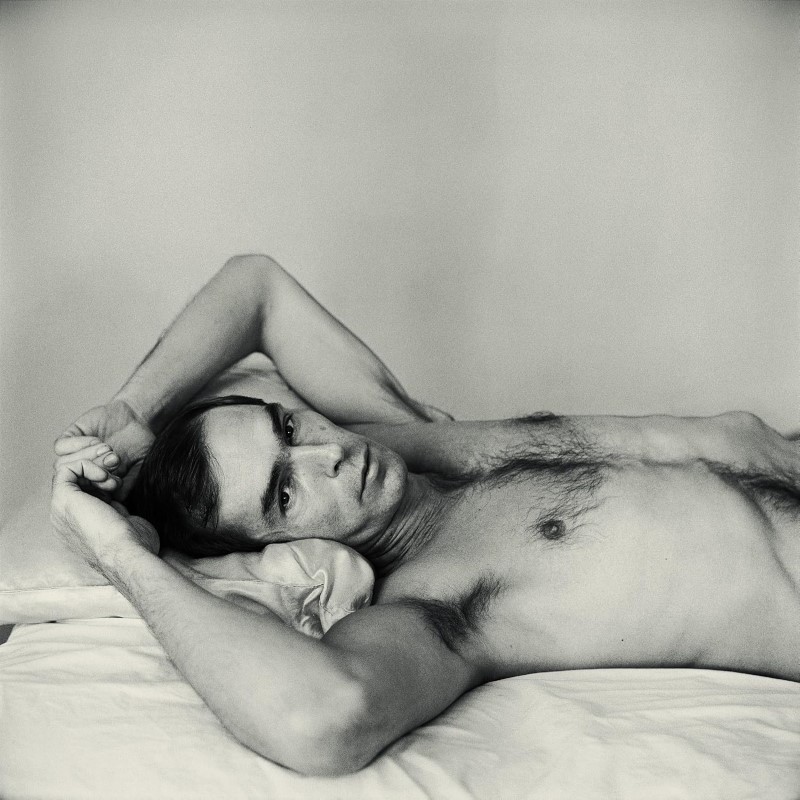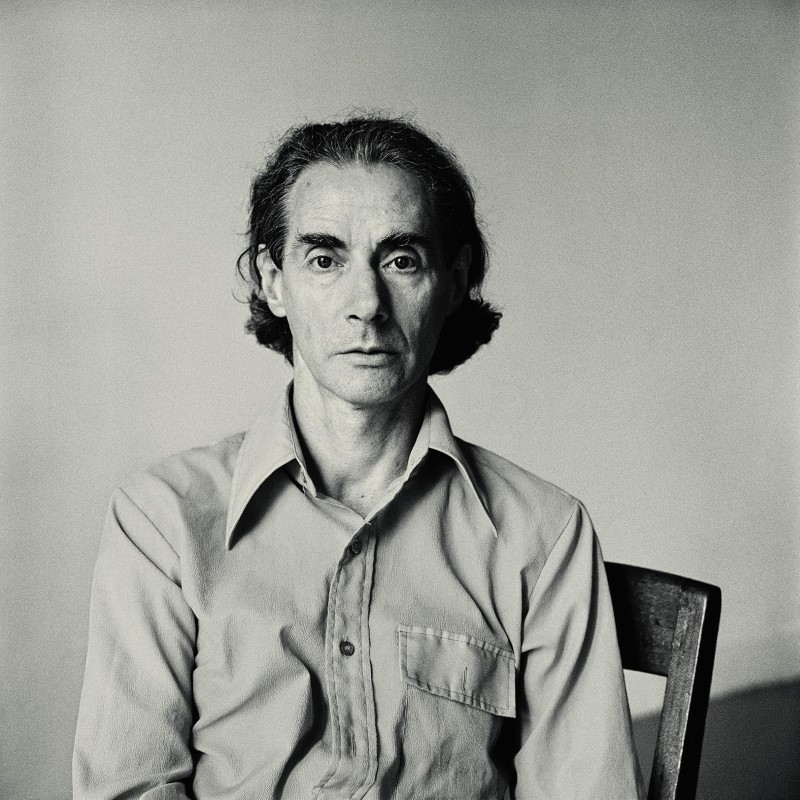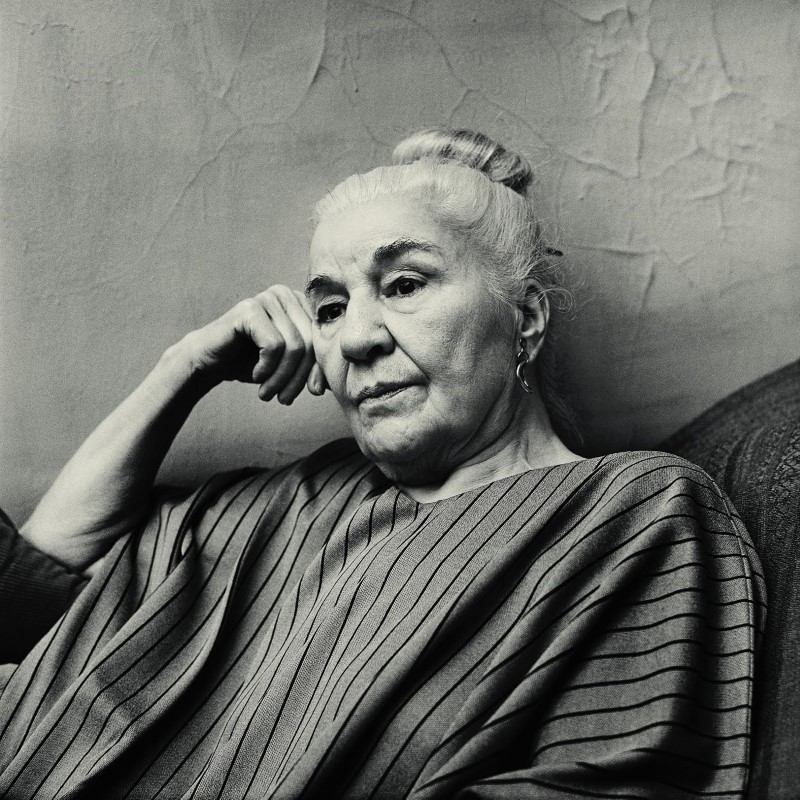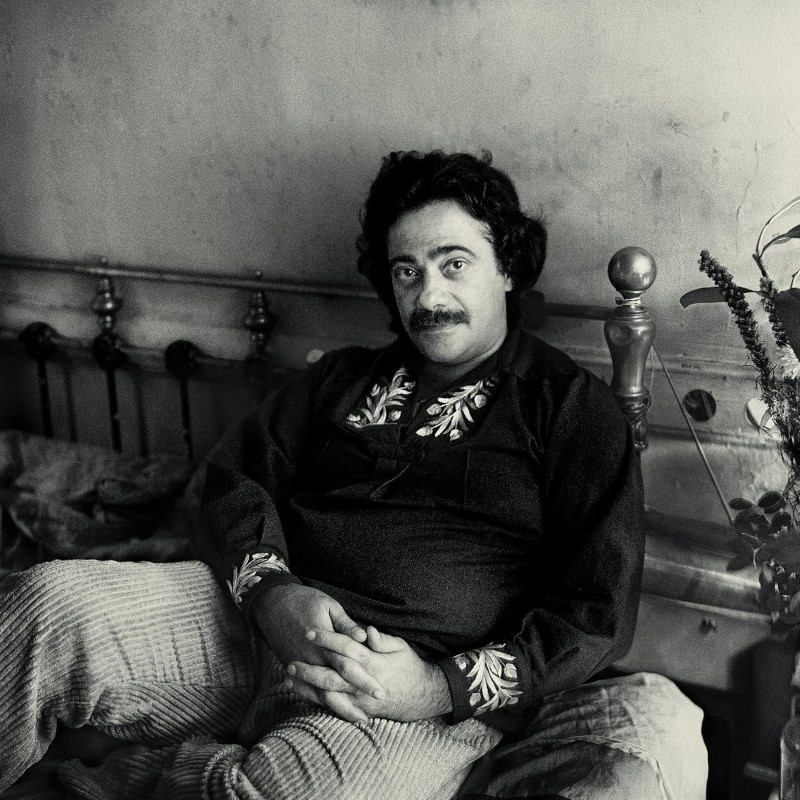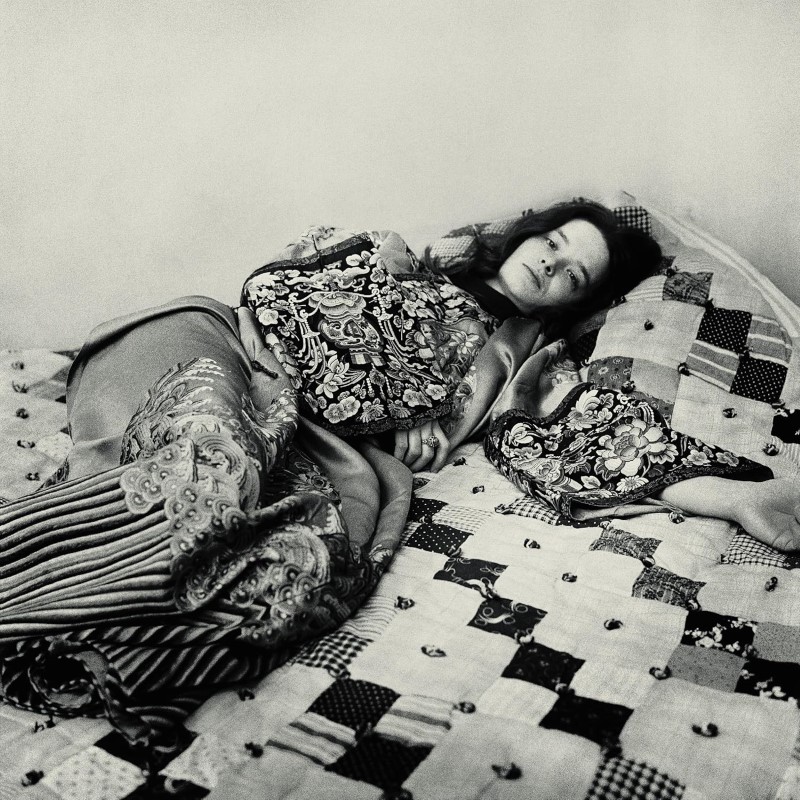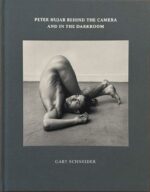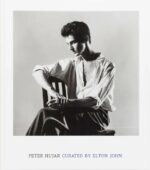Portraits in Life and Death est le seul livre de photographies publié par Peter Hujar de son vivant. Les vingt-neuf portraits de créateurs, allant de William Burroughs, Susan Sontag et John Waters à Larry Ree, fondateur de la compagnie de ballet Trocadero Gloxinia, et T.C. (dont l’identité n’est pas claire)—posséder une beauté envoûtante et un degré d’examen psychologique à la fois décalé et captivant. Les portraits sont suivis de onze images qui ne peuvent être qualifiées que de dévastatrices : des images de corps semi-conservés, vêtus, de Siciliens du XIXe siècle trouvés dans les catacombes arides sous une église à Palerme.
Il n’y a pas de lien nécessaire entre les photographies elles-mêmes ou entre les deux sections du livre, mais la progression picturale de la vie à la mort est un emblème du voyage que nous faisons tous. Les sujets vivants semblent méditer sur la mortalité qui est limée avec un effet si profond dans les images des catacombes. Les deux groupes d’images parlent, de différentes manières, des peurs et émotions fondamentales que nous portons avec nous, quelque part au-delà de notre conscience. Après avoir lu ce livre extraordinaire, il est presque impossible de ne pas faire ces liens et ces interprétations ou d’être ému par la capacité constante de Hujar à transmettre ce qui semble être l’esprit intérieur de ses sujets.
Pourtant, un air de nonchalance, voire de gaieté, plane sur les photographies. Le livre est étrange, oblique, parfois opaque et certainement profondément ressenti; mais il colle à l’esprit comme un burr. On le remarquera. Une fois vu, il ne peut être oublié ; avant-propos de Benjamin Moser, introduction de Susan Sontag.
Portraits in Life and Death is the only book of photographs published by Peter Hujar during his lifetime. The twenty-nine portraits of creative people—ranging from William Burroughs, Susan Sontag, and John Waters to Larry Ree, founder of the Trocadero Gloxinia Ballet Company, and T.C. (whose identity is unclear)—possess a haunting beauty and degree of psychological examination that is both offbeat and riveting. Following the portraits come eleven images that can only be described as devastating: pictures of semi-preserved, clothed bodies of nineteenth-century Sicilians found in the arid catacombs beneath a church in Palermo.
There is no necessary connection in the photographs themselves or between the two sections of the book, yet the pictorial progression from life to death is an emblem of the journey we all take. The living subjects seem to be meditating on the mortality that is limned with such profound effect in the catacomb pictures. In different ways, both groups of images speak to the basic fears and emotions that we carry with us, somewhere beyond our consciousness. After viewing this extraordinary book, it is almost impossible not to make those connections and interpretations or be moved by Hujar’s consistent ability to convey what appears to be the inner spirit of his subjects.
Even so, an air of nonchalance, even gaiety, hovers over the photographs. The book is odd, oblique, sometimes opaque, and certainly deeply felt; but it sticks to the mind like a burr. It will be noticed. Once seen, it cannot be forgotten ; foreword by Benjamin Moser, introduction by Susan Sontag.


